 Marlon Blackwell
Marlon Blackwell
Entry Category: Arts - Starting with B
 Marlon Blackwell
Marlon Blackwell
Blackwell, Marlon Matthew
Blade, Maxwell
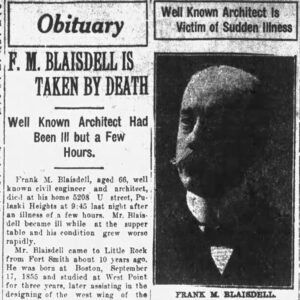 Frank Blaisdell Obituary
Frank Blaisdell Obituary
Blaisdell, Frank M.
Blakely House
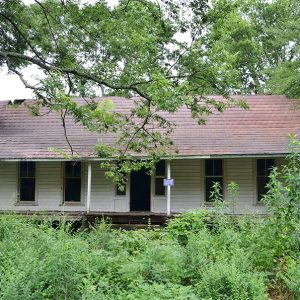 Blakely House
Blakely House
 Isabel Blass
Isabel Blass
Blass, Noland
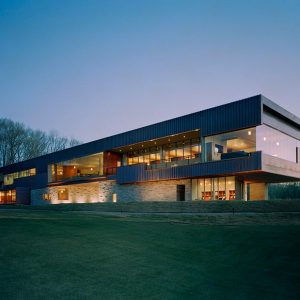 Blessings Golf Clubhouse
Blessings Golf Clubhouse
 Blue Willow
Blue Willow
Blues Music
 Blues Trail Sign
Blues Trail Sign
blurr, buZ
aka: Butler, Russell
 Dr. Boaz House
Dr. Boaz House
 Bob Herzfeld Memorial Library
Bob Herzfeld Memorial Library
Bobo, J. B.
Bond, Barbara Ann Higgins
aka: Barbara Higgins Bond
Boone County Courthouse
Boone-Murphy-Moore House
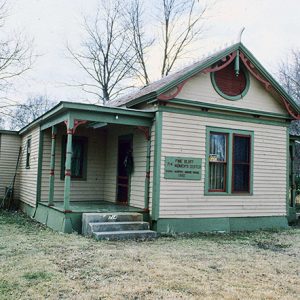 Boone-Murphy-Moore House
Boone-Murphy-Moore House
Boston, Gretha Denise
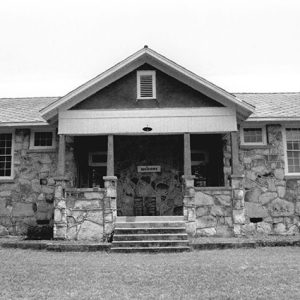 Boswell School
Boswell School
Bowie Knife
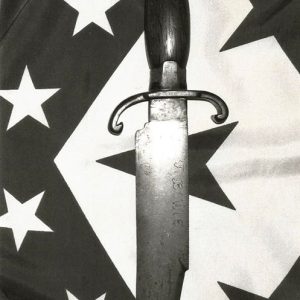 Bowie Knife
Bowie Knife
Bowie, Lester Jr.
 Boyle Building
Boyle Building
Bozeman House
 Bradley County Clerk
Bradley County Clerk
Bradley County Courthouse and County Clerk’s Office
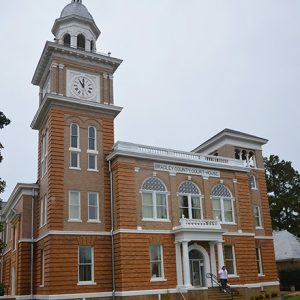 Bradley County Courthouse
Bradley County Courthouse
Brazeale Homestead
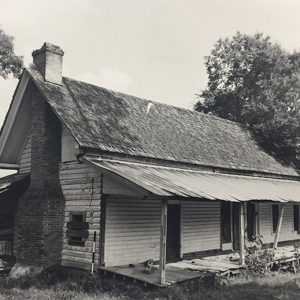 Brazeale Homestead
Brazeale Homestead
 Brazeale Homestead
Brazeale Homestead
Brewer, Adrian Louis
Brewer, Edwin Cook
Brewer, Nicholas Richard
 Britt Sheet Music
Britt Sheet Music
 Britt Songbook
Britt Songbook
Britt, Elton
aka: James Elton Baker
Brockwell Gospel Music School
 Brooks and Dunn Music
Brooks and Dunn Music
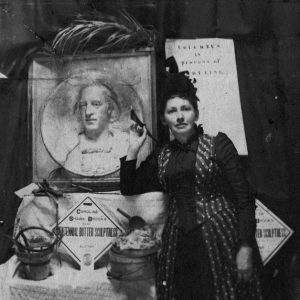 Caroline Shawk Brooks
Caroline Shawk Brooks
Brooks, Caroline Shawk
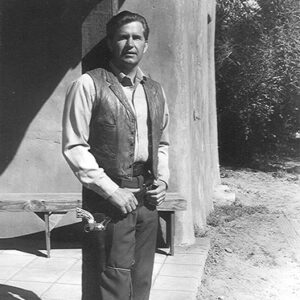 Doyle Brooks
Doyle Brooks
Broonzy, “Big Bill”
aka: William Conley Lee Broonzy
Brown, Benjamin Chambers
Brown, Jim Ed
Brown, Maxine
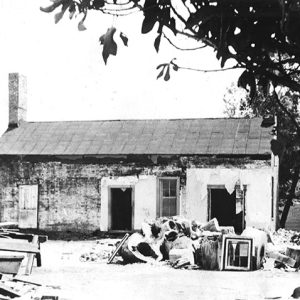 Brownlee House
Brownlee House




